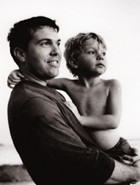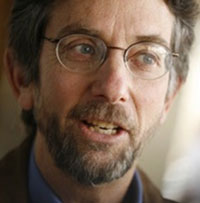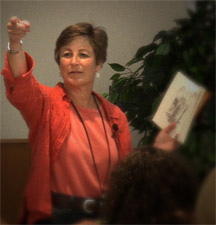
Victoria J. Plettner-Saunders
Advocacy at the Local Level
Posted by May 27, 2010

Victoria J. Plettner-Saunders
I’m Victoria Plettner-Saunders, a member of the Art Education Council and arts consultant in San Diego. One of the projects I’ve been working on this spring is the development of four Local Advocacy Networks for K-12 arts education in San Diego County school districts. It is part of a statewide project that the California Alliance for Arts Education (CAAE) began last year and has resulted in the development of at least 20 grassroots community-based arts education advocacy networks throughout California.
The model for developing each local advocacy network (LAN) is quite simple and easily replicable. A coordinator is identified in each community to help launch the initiative via an informational breakfast meeting. About 50 community leaders (e.g. politicians, educators, faith-based community members, arts organizations, school board members, etc.) are invited, which usually nets about 30-35 actual attendees. At the breakfast they hear presentations by school district staff about the opportunities and challenges their visual and performing arts programs are experiencing, as well as a brief contextual presentation by CAAE staff about the role and history of arts education in California’s public education system.
Read More






























 Alright - if we had mandatory arts education we would have far less bullying. I honestly think this is true. There's been a lot of press abut bullying recently - and I'm glad there is. Bullying is a topic that has emerged in nearly every middle and high school setting in the schools with which we have residency programs using the arts. I've dealt with bullying as a parent of an elementary school age child who has been bullied this year; and sadly, as a young child myself, I was relentlessly bullied when our family moved when I was in the 4th grade. I'll never forget it - and it very much shaped who I am today and how I perceive the world and my role in it.
Alright - if we had mandatory arts education we would have far less bullying. I honestly think this is true. There's been a lot of press abut bullying recently - and I'm glad there is. Bullying is a topic that has emerged in nearly every middle and high school setting in the schools with which we have residency programs using the arts. I've dealt with bullying as a parent of an elementary school age child who has been bullied this year; and sadly, as a young child myself, I was relentlessly bullied when our family moved when I was in the 4th grade. I'll never forget it - and it very much shaped who I am today and how I perceive the world and my role in it.



